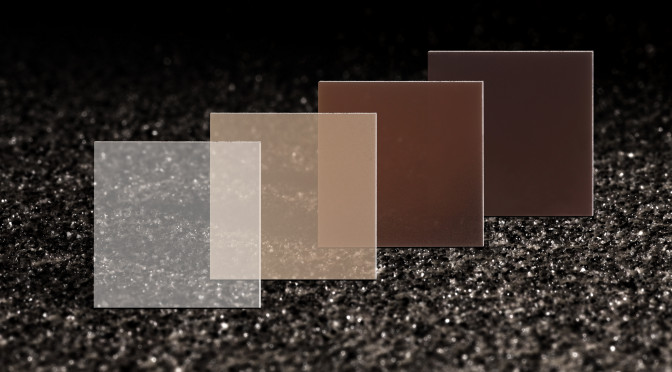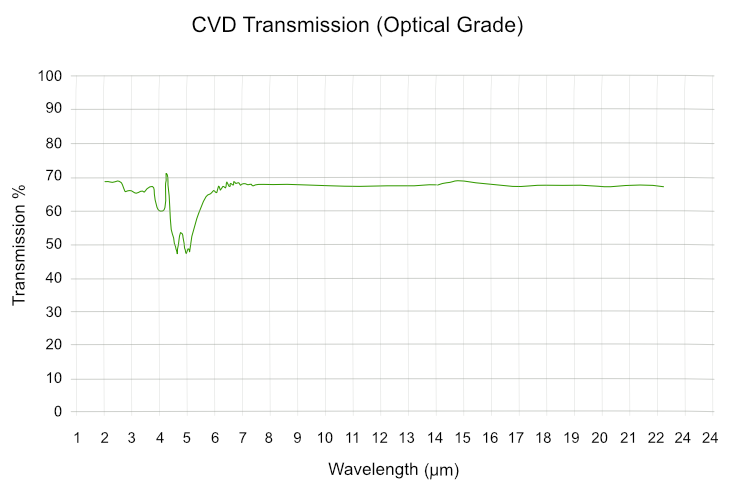Applied Diamond has developed our metallization capabilities to suit the needs of high power applications. Diamond metallization schemes usually involve three different metals. The first, closest to the diamond, is a carbide-former. Titanium, tungsten or chromium are common examples. These metals make a chemical bond with the diamond to insure adhesion of the metallization. A diffusion-barrier may then be applied, typically palladium or platinum, to minimize alloying of the chemically active bonding layer with the final metal layer. Finally, the layer required for the process is added. Gold or silver are usually used to prepare the diamond for soldering, eutectic bonding, wire bonding or as electrical contacts. Annealing, in air or vacuum, can then be done as needed.
Of course, these processes are easily applied where patterning is needed too. Full wafers of parts can be patterned and laser diced with specialized processes to insure electrical isolation between pads and ground planes. Processes like these are important whether the diamond is used as an active or passive device in electronic applications.
Our standard metallization scheme, useful for bonding devices to diamond heat spreaders, is:
Titanium – 1,000A
Platinum – 1,000A
Gold – 10,000A
We have extensive experience with a number of variations of this scheme including different adhesion and final layers, reflective layers and stacks of 5 or more layers.
We constantly solve new challenges in the metallization area. If you have a need that requires some other type of metallization or concerns about your specific application, let us know.






